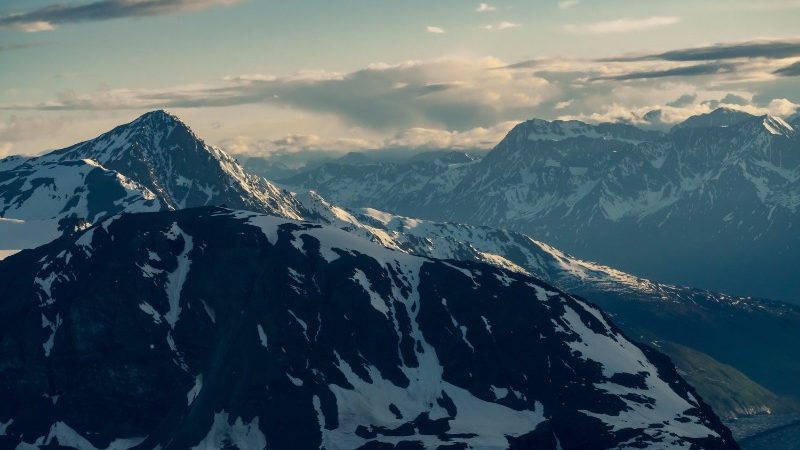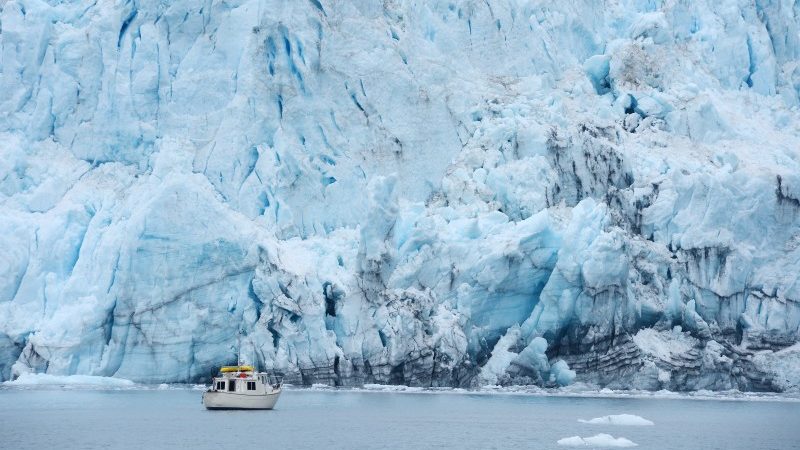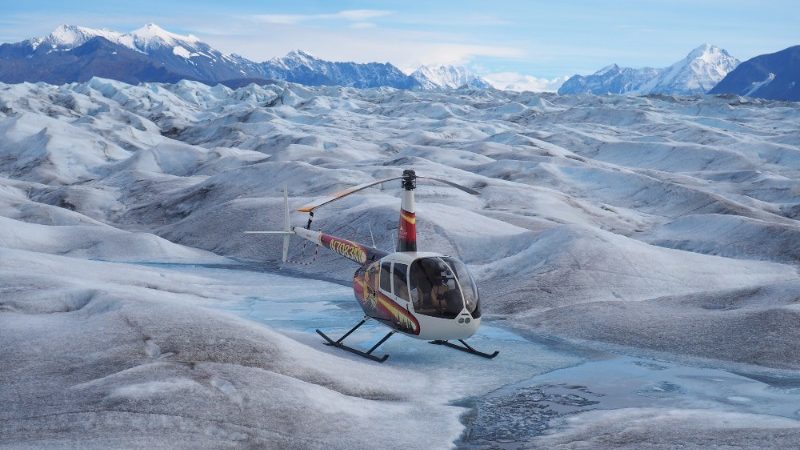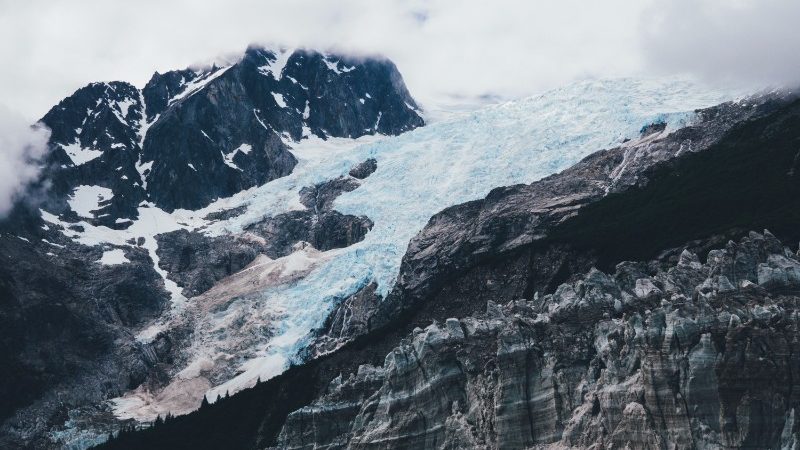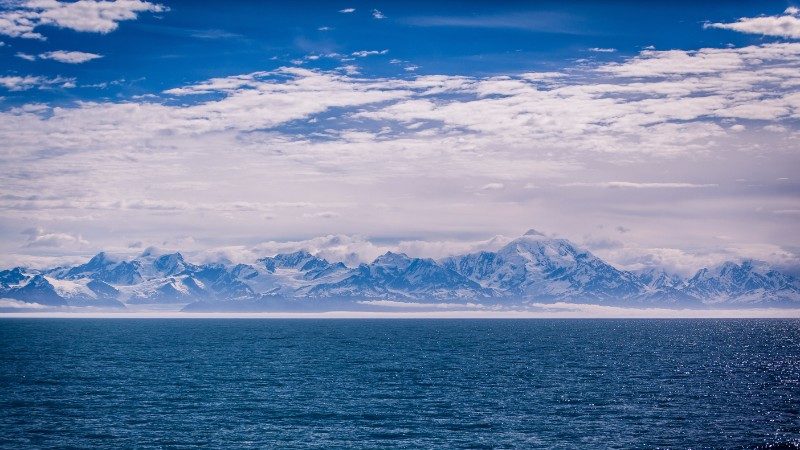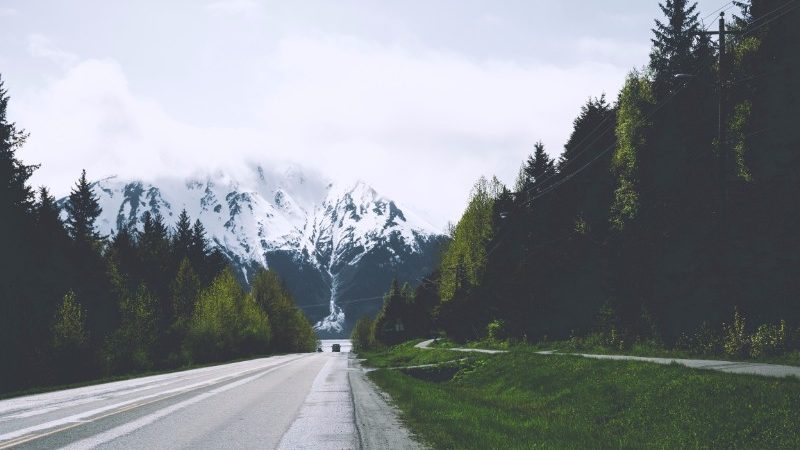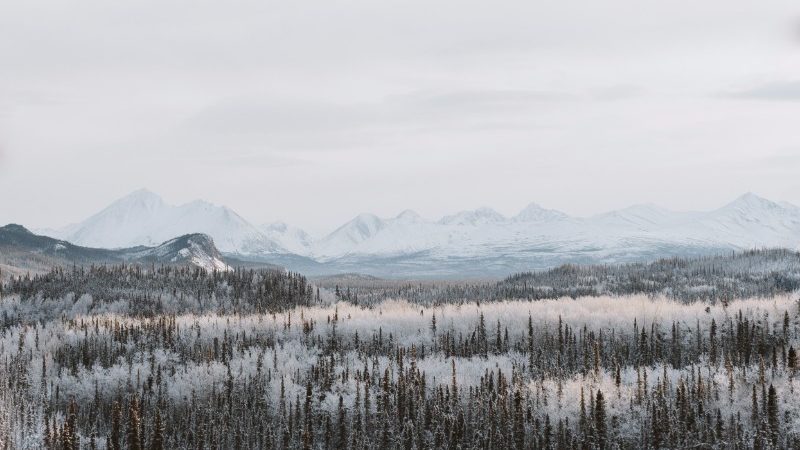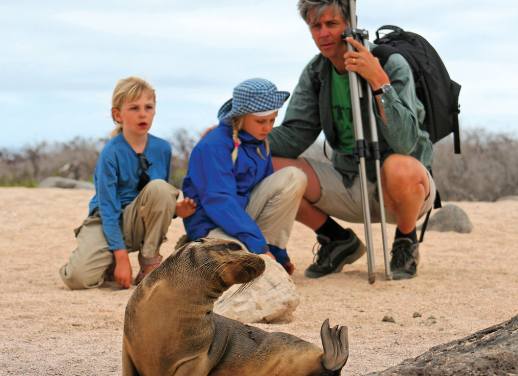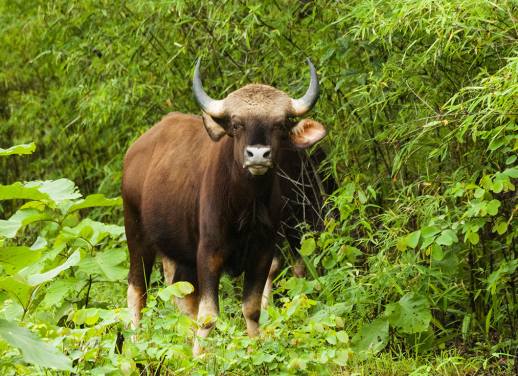Home to more than 100,000 rivers of ice, Alaska’s glaciers are legendary.
Viewing these natural wonders – many of which are retreating rapidly – is a quintessential Alaska travel experience, but how you go about it depends both on the nature of the glacier and your sense of adventure.
Glaciers of western Prince William Sound: by day cruise or kayak
Shielded from the Gulf of Alaska by a string of islands, the protected waters of Prince William Sound hold over 100 named glaciers. The most popular way to see them is by day cruise, with most boats departing from the port town of Whittier to explore glaciers on the western fringe of the Sound. Top itineraries include College Fjord, with its glaciers named for Ivy League universities, Blackstone Bay with its massive Blackstone and Beloit Glaciers, and Harriman Fjord, which is home to the Surprise Glacier, the most active tidewater glacier in the Sound.
More adventurous travellers may wish to opt for a kayaking tour. While kayakers must keep a safe distance from the face of glaciers, which can calve at any time, paddlers can expect to get a lot closer to icebergs – as well as wildlife like whales, seals, otters and bears – than boat passengers are able to. Some say the best kayaking tours run from Valdez, in the northeast of Prince William Sound, where kayakers can paddle through the 19 kilometre-long iceberg field that lies in the wake of the rapidly retreating Columbia Glacier.
Knik Glacier: by heli-tour or dogsled
Just 80 kilometres east of Anchorage and spanning more than eight kilometres across, the Knik Glacier is one of the largest in south-central Alaska, and, as there are no roads in, the best way to see it is from above by helicopter (tours run from the nearby Knik River Lodge). If you’ve got money to spend, you can follow up your heli-tour with a dogsledding tour across the ice – led by professional Iditarod dog mushers – and be back in Anchorage in time for dinner.
READ MORE: OUR GUIDE TO ALASKA’S TOP 5 NATIONAL PARKS
Exit Glacier: on foot
Just a ten-minute drive out of Seward and open year-round, the Exit Glacier in Kenai Fjords National Park is among Alaska’s most accessible ice fields. There’s a lookout just 800 metres from the car park, otherwise take a short 15-minute stroll to the edge of the glacier. If you’ve got a whole day to spare, consider tackling the Harding Icefield Trail (13 kilometres), which winds through cottonwood and alder forests to a spectacular viewpoint over the breathtaking field of ice. Local operators also offer glacier trekking and ice-climbing tours on the glacier itself.
Glacier Bay National Park: by day cruise or kayak
Northwest of Juneau, Alaska’s capital city, Glacier Bay National Park is the world’s largest UNESCO-protected biosphere, with glaciers accounting for more than a quarter of the park’s area. As Juneau isn’t accessible by road from the mainland, you’ll need to fly in (or arrive by boat or cruise ship) to see its majestic glaciers, 11 of which meet the sea. Day cruises typically take in key glaciers in the west arm of the bay (such as the active Margerie and Grand Pacific Glaciers), while kayaking tours stick to the east arm, which receives less boat traffic. If you’re paddling, don’t miss the McBride Glacier, which can often be seen calving, and the Muir Glacier, which you can get a little closer to (it stopped calving around two decades ago).
Worthington Glacier: by car
You don’t even have to get out of your vehicle to view some of Alaska’s glaciers. Just half an hour’s drive northeast of Valdez, the Worthington Glacier can be seen oozing down a mountainside adjacent to the Richardson Highway. For the best photo opps, make a pit stop at milepost 28.7, or pull into the State Recreation Site car park and take a short walk along the marked trail to get a closer look.
READ MORE: BEST OF INSTAGRAM – ALASKA THROUGH THE LENS
Glaciers of Wrangell-St Elias National Park: on foot or by flightseeing
Ever wondered what a glacier looks like from the inside? If you’re travelling through Wrangell-St Elias National Park – the largest national park in the US – this is the place to do it. Glaciers cover more than 25 per cent of the park, though most hiking (and ice-climbing) tours focus on the Root Glacier, which features ice caves such as the Jumbo Creek ice cave, where you can stand surrounded by glistening blue ice. Flight-seeing tours, which typically include a flyover of the immense Bagley Icefield, are also popular in the national park.
Spencer Glacier: by rail
It might not be Alaska’s largest or most spectacular glacier, but half the appeal of visiting the Spencer Glacier, set between Anchorage and Denali, is the journey there, as it’s only accessible by train. The Glacier Discovery Train departs Anchorage at 9.45am daily between May and mid-September, which allows for over two hours at the glacier, where you can opt to take a rowboat tour around the glacier’s icebergs, or even a kayak tour which includes a short hike up the glacier’s face.
Experience Alaska’s epic glaciers for yourself on an Intrepid small group adventure.
Feature image by Ben Possehl on Unsplash.

